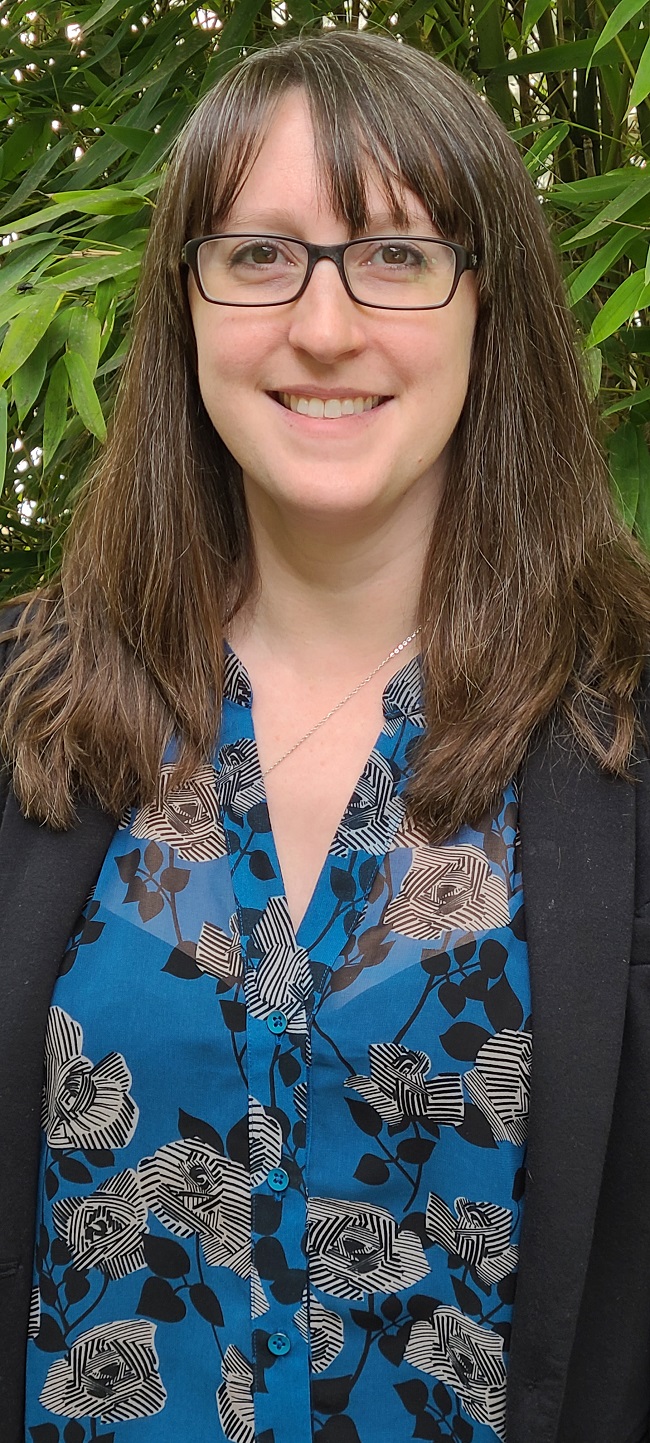AOTA Member Spotlight: Addi Jenkins, MOT, OTR/L
Addi Jenkins, MOT, OTR/L, is an Occupational Therapist in Employee Health at a Level 1 Trauma Center. She spoke to AOTA Director of Quality Julie Malloy, OTD, MOT, OTR/L, PMP, CPHQ, FNAP, about her work in this position and how she moved into this role.

Julie: How did you become involved with Employee Health at your organization?
Addi: When I was on light duty for a work injury, I was assigned to work in the Employee Health Department. The occupational health nurses were doing ergonomic assessments for the hospital, and they had me accompany them on some of the evaluations. They were doing a great job, but they didn’t have the same knowledge and experience as an occupational therapist. I was able to provide a unique perspective and recommendations during these evaluations. In addition, there were only two department employees for our organization of over 6,000 people.
I started talking with the department manager about how the Employee Health program at our facility could be more robust. The manager was very supportive and created a job description and proposal to bring me into the department part time to expand ergonomics evaluations. I joined the group and continued to work toward additional changes that I felt would improve the program. Specifically, I noticed that getting into a light duty role was very difficult. I wanted to start a light duty program, so managers had an option for employees.
Julie: How has being an occupational therapist helped you in this position?
Addi: I think many things have been helpful. This includes my biomechanical focus, looking at the environment, and activity modification for light duty return to work. The psycho-social focus on the individual, and concepts of work-life balance are also important. This unique set of perspectives has allowed me to contribute to and build the program.
Julie: What are some of the metrics you utilize to measure success in your role?
Addi: We look at metrics such as number of ergonomic assessments completed, employee days away from work, and unaccommodated days of light duty. For example, in one year, we expanded our capacity for providing ergonomic evaluations from 50 a year to over 100. We are also working toward measuring the amount of work-related injury claims, to see how that might be able to be reduced. Through these successes, I have been able to move from a part-time role into a full-time role.
Julie: What advice would you give to someone interested in working in employee health?
Addi: I would recommend talking to people working in that area and networking with others. If you are interested in something, see what’s out there. If it doesn’t exist, bring up the idea or the benefits for the program and how occupational therapy could be helpful. Thinking about cost-benefit analysis and the value you can provide to an organization is also important.
For questions or more information about quality, contact AOTA’s quality team at quality@aota.org.